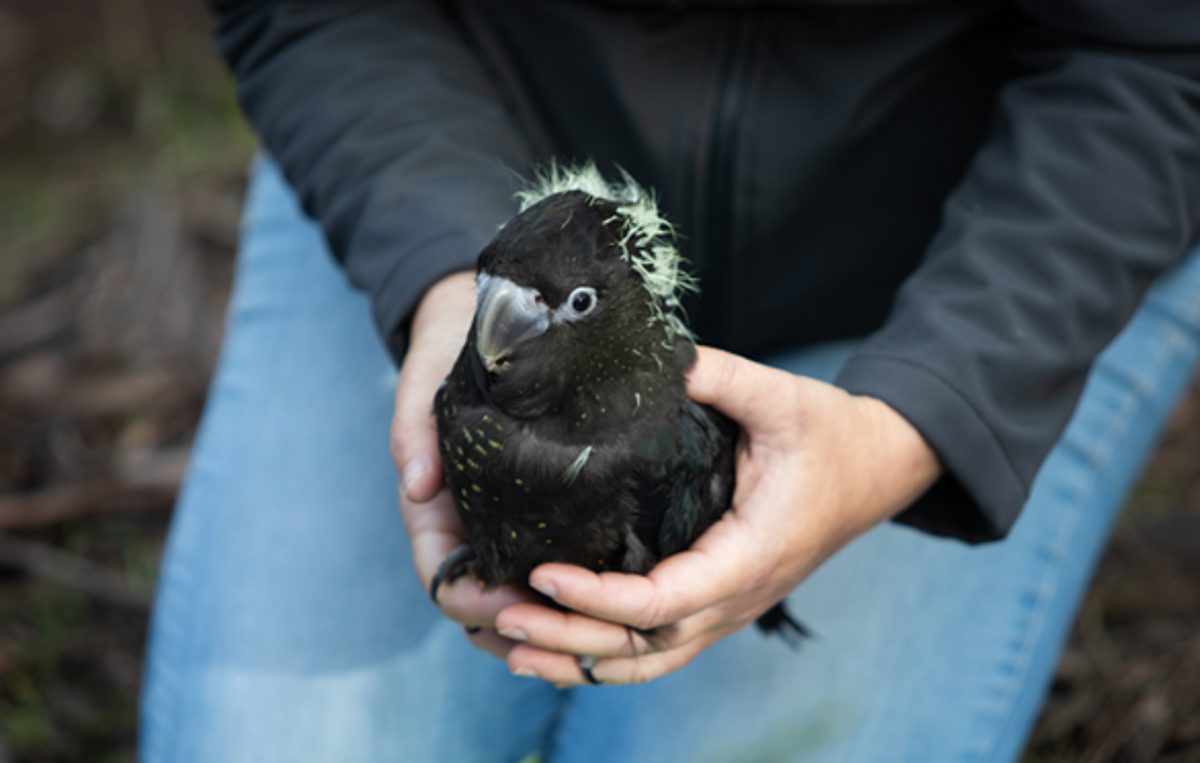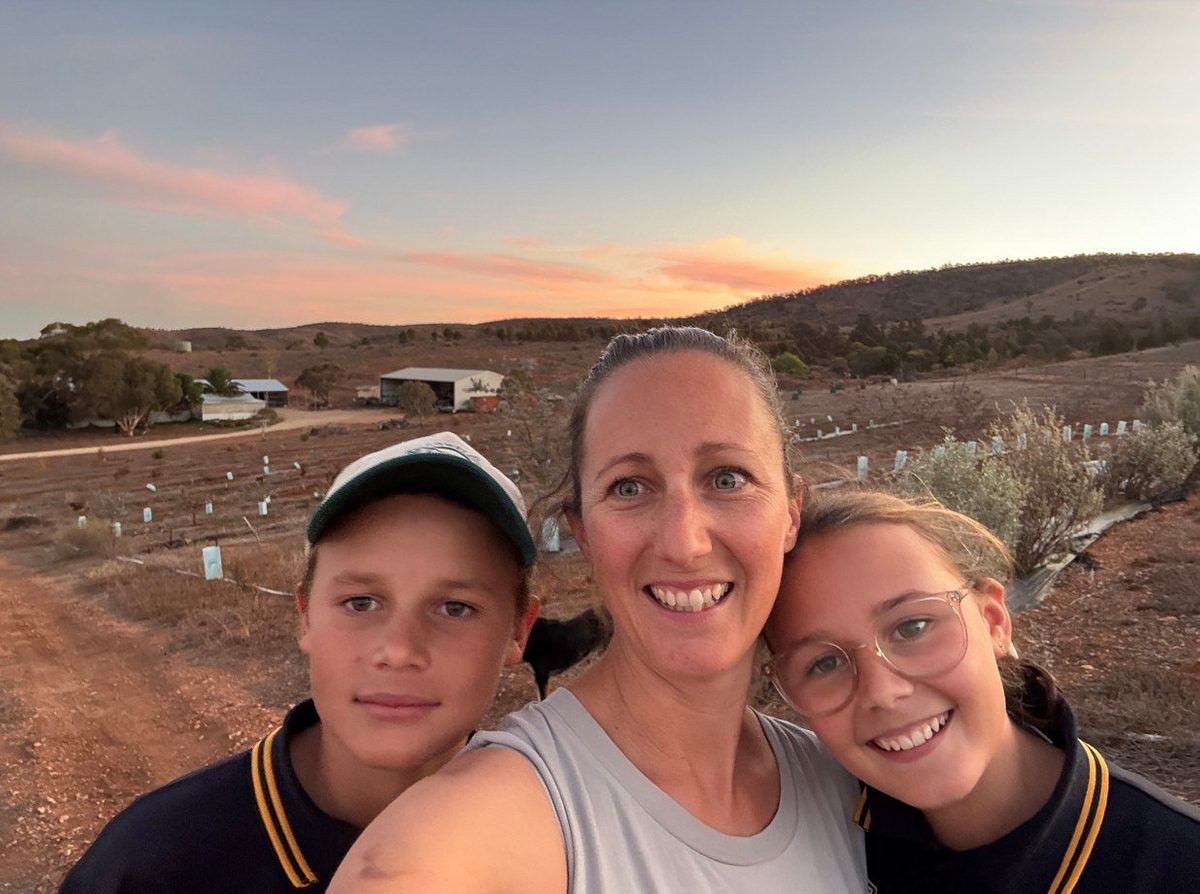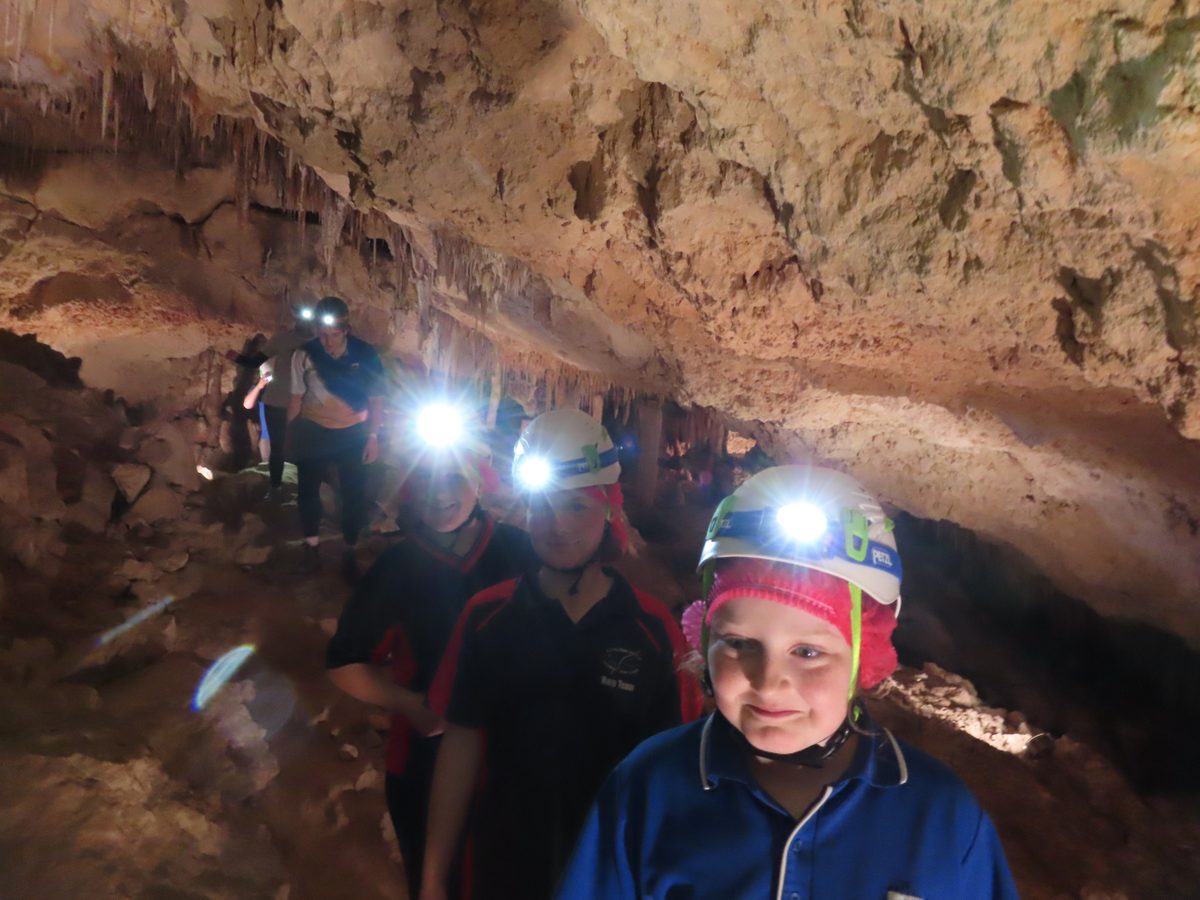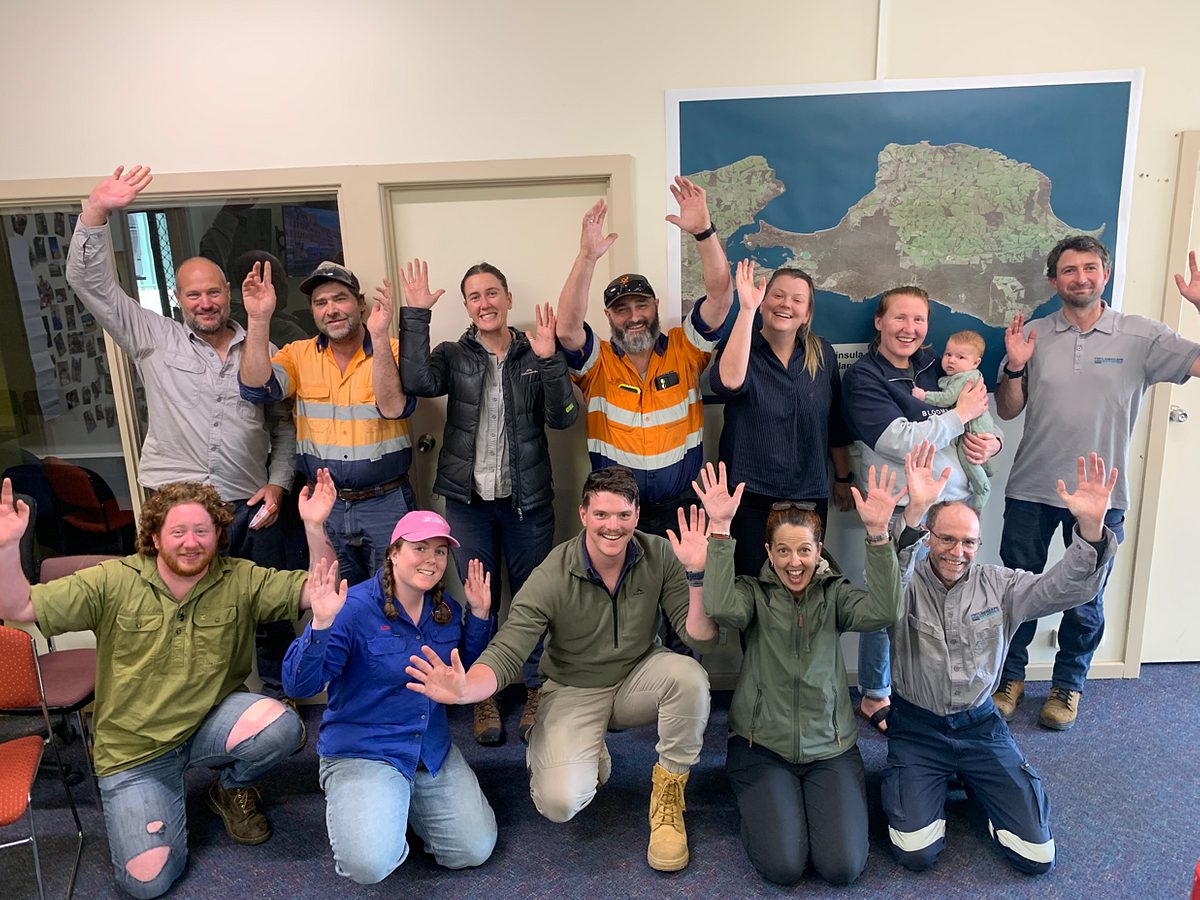KI glossy black-cockatoo population remains steady
A far-ranging search for glossy black-cockatoos across almost 70 Kangaroo Island properties has found a stable population, despite much of the endangered bird's habitat being burnt out in the 2019/20 Black Summer bushfires.

A team from the Kangaroo Island Landscape Board, with help from volunteers, counted 422 glossies in September 2024, slightly down in numbers from the 453 glossies counted in 2023.
Acting Biodiversity Unit Team Leader from the Kangaroo Island Landscape Board, Karleah Berris, said 39 volunteers contributed 270 hours to the surveys.
"The Kangaroo Island Landscape Board would like to thank the volunteers and 62 landholders who have allowed us access to their properties to undertake these surveys, particularly those impacted by the 2019-20 bushfires," Ms Berris said.
"It would not be possible to conduct these surveys without you," she said.
Now extinct on the mainland, the nationally endangered Glossy Black-cockatoo subspecies Calyptorhynchus lathami halmaturinus has its last refuge on Kangaroo Island.
"Glossy black cockatoos are unique because they have a very low reproductive rate," Ms Berris said.
"They lay a single egg in a clutch and can only rear one clutch to fledging per year," she said. This low reproductive rate makes the glossy black-cockatoo particularly vulnerable to environmental changes and habitat loss, as it limits their ability to quickly replenish their population.
"The egg is incubated for 30 days, and after hatching, the nestling is cared for by its parents for a further 90 days before it fledges."
Before the 2019/2020 bushfires, glossy numbers grew to 450 thanks to predator control and the installation of nesting boxes.
Ms Berris said the 2024 glossy black-cockatoo census results indicate that this subspecies' population trend is no longer increasing but remains stable following the 2019-20 bushfires.
“A regional decline was recorded in the fire-affected northwest region of Kangaroo Island. In contrast, other areas have remained stable over time,” Ms Berris said.
"Proportionally, fewer adult glossy black-cockatoo pairs had juveniles from the most recent breeding season accompanying them in western fire-affected areas compared to eastern unburnt areas," Ms Berris said.
"Fewer pairs breeding per annum and loss of canopy cover post-fire, possibly contributing to increased raptor predation, could explain this," she said.

Ms Berris said the Kangaroo Island glossy black-cockatoo only feeds on unripe drooping sheoak seeds, a trait that makes the subspecies especially vulnerable to habitat loss," Ms Berris said.
“The KI glossy black-cockatoo population is at risk of further decline due to low food availability following the 2019-20 bushfires, lower availability of natural tree hollows in burnt areas and increasing competition for hollows,” Ms Berris said.
"Widespread revegetation of drooping sheoak trees, management of nest predators and competitors and the continuation of the nest box program is required to increase the long-term security of this population," she said.
"Unburnt sheoak patches on western Kangaroo Island must also be protected from fire until burnt habitat returns to seed production.”
In July 2024, staff from the Kangaroo Island Landscape Board’s glossy black-cockatoo recovery project published an article on the impact of the 2019-20 bushfires on tree hollows used by glossies in Austral Ecology.
Surveys revealed that 64.4% of hollow-bearing trees within the fire scar were destroyed during the fires.
Since then, the use of nest boxes by glossy black cockatoos in fire-affected areas has increased, but the same trend was not observed in yellow-tailed black cockatoos.

This project is funded by the Australian Government Natural Heritage Trust and delivered by the Kangaroo Island Landscape Board, a member of the Commonwealth Regional Delivery Partners panel.



